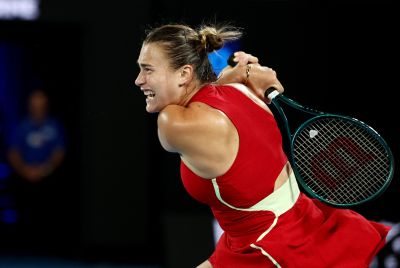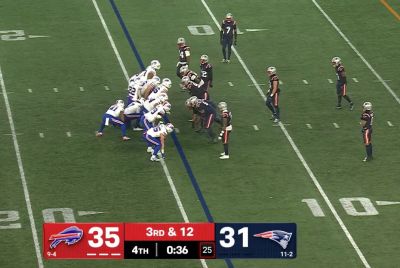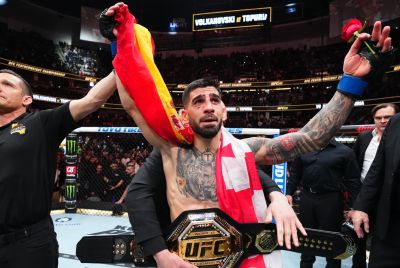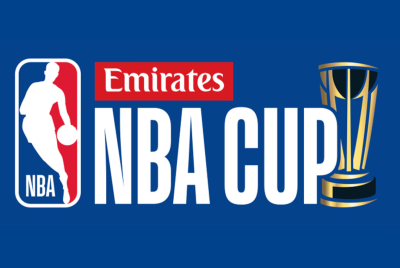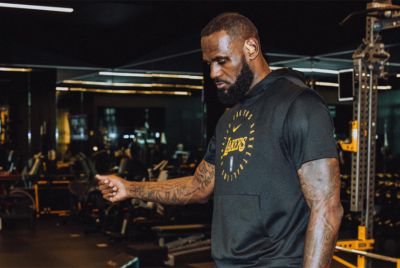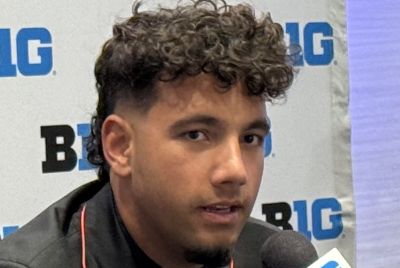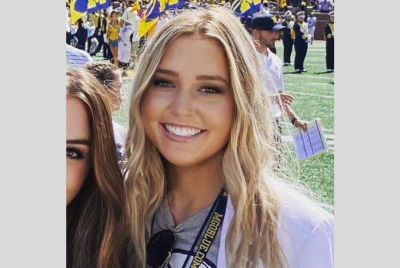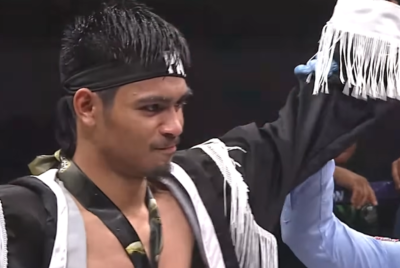Trump NIL Executive Order: Is He Betting on College Athletes' Parents to Boost His 2025 Approval Ratings?
The executive order bans pay-for-play NIL deals and directs federal agencies to review athlete employment status

President Donald Trump signed a sweeping executive order on 24 July 2025 in Florida, introducing federal regulations on Name, Image and Likeness (NIL) compensation in college sports. The move seeks to curb 'pay-for-play' schemes and restore structure to collegiate athletics. With the 2025 election approaching, the order has sparked speculation that Trump is appealing directly to a crucial voting group: the parents of student-athletes.
The executive action marks the most assertive federal intervention in NIL policy since rules around athlete compensation were loosened nationwide in 2021.
What Is the Trump NIL Executive Order?
The executive order bans third-party NIL agreements that function as recruitment inducements, while still allowing athletes to earn income through market-based endorsement deals.
The order also directs the Department of Labour and the National Labour Relations Board to issue updated guidance on whether student-athletes should be classified as employees of their universities. While no definitive classification has been made, the administration's involvement signals a growing federal role in athlete-employer relations.
Additionally, the order mandates that high-revenue schools — defined as those generating over $50 million (£37 million) in annual athletics revenue — maintain or increase scholarship opportunities, particularly in women's and 'non-revenue' sports. Schools generating over $125 million in revenue, on the other hand, are also instructed to expand their scholarship offerings for non-revenue sports in the upcoming academic year.
A provision for antitrust protection is also included, which would shield schools from legal liability tied to NIL-related disputes.
College Athlete Families at the Centre of Attention
Although not named explicitly in the executive order, parents of student-athletes are emerging as a potentially significant audience for the policy. With growing concerns over the impact of commercialisation on scholarships and fair recruitment, Trump's call for 'restoring integrity' in college sports may appeal to families who rely on athletics as a path to higher education.
The administration has not released polling specific to this demographic, but political analysts suggest that this group — especially in suburban and rural districts — could influence swing-state dynamics in key regions like Georgia, Ohio and Pennsylvania.
A Calculated Policy Shift for 2025?
President Trump's approval rating currently stands between 37 and 41 percent, depending on the poll. According to Gallup, the president's approval rating recently dropped on a second-term low of 37%, falling by 10 percentage points since his start in January.
With ongoing legal, economic and foreign policy debates dominating headlines, the NIL executive order is seen as a pivot to a unifying issue among certain voter groups. The policy aligns with the goals of conservative-leaning advocacy groups such as Saving College Sports, which have pushed for federal intervention to preserve the amateur model and protect scholarship funding from being overshadowed by big-money endorsements.
Reaction Across the NCAA and Athlete Community
NCAA President Charlie Baker cautiously supported the measure. 'The Association appreciates the Trump Administration's focus on the life-changing opportunities college sports provides millions of young people and we look forward to working with student-athletes, a bipartisan coalition in Congress and the Trump Administration to enhance college sports for years to come', said Baker in a statement regarding the NIL executive order.
Legal experts have flagged potential constitutional challenges, especially around employment classification and antitrust exemptions.
Next Steps in Federal NIL Enforcement
Under the terms of the order, federal agencies must begin issuing implementation guidance within 30 to 60 days. As universities, athletes and boosters prepare for the upcoming academic year, uncertainty remains over how the new rules will reshape recruitment and compensation across collegiate athletics.
© Copyright IBTimes 2025. All rights reserved.



